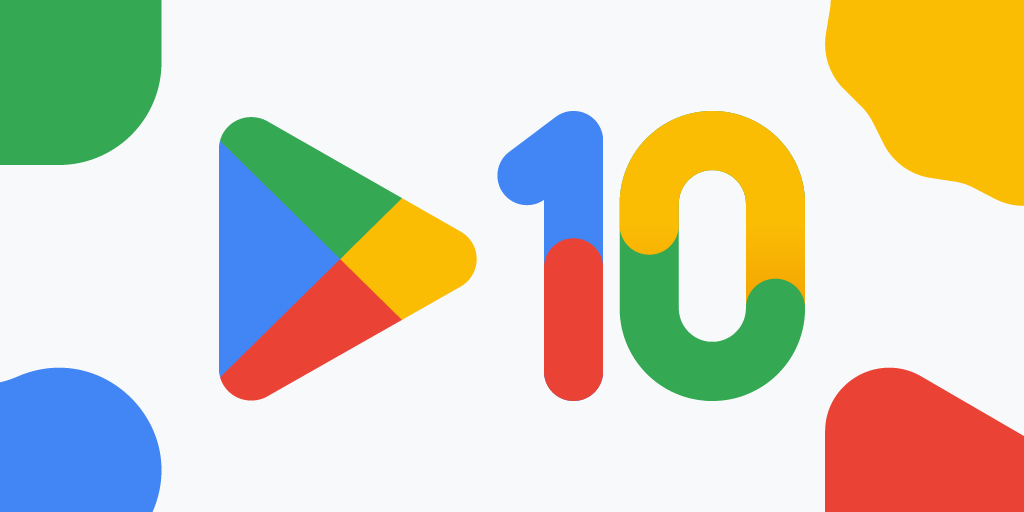ICYMI: Mobile & Beyond; 31:2022
Week 31

Apple Watch. The rumored “Pro” model will introduce the fist redesign since 2018. The new edition is reported to include a larger screen with multiday battery life encased in a more durable body. It will also likely ship with the body-temperature sensor and improved Low Power Mode, but is expected to be at the higher end of the pricing scale. I’m in “wait & see” mode on this one, but if you want to take a deeper dive into the various editions over the years, this post is for you.
Google Play… celebrated 10 years (and launches a new logo). Looking back, they share developer success stories as well as some key launches over the past decade. Looking forward, they also layout a vision of a cross-device experience, evolving tools for supporting the business end, and investments in a more inclusive ecosystem. Honestly, with the ubiquity of both iOS and Android, it’s hard to believe it has only been 10 years!
Instagram… stole the worst parts from the TikTok in a new update. Most notably, the switch from infinite scroll to item-by-item flipping as well as removing the indicator from suggested posts, both of which force you to view content you might otherwise ignore. The author does a good job of talking through the updates and why they’re considered dark patterns. As you can imagine, plenty of people were miffed about the changes (including some key influencers) which they have since walked back.
Google Maps… rolled out updates for a more immersive experience. Included in the updates are aerial views for popular landmarks, improved directions for biking, and location sharing for friends and family. Much of this was announced at Google I/O earlier this year, so they were expected changes and are rolling out globally to iOS, Android, and Web. It would have been nice if they had gotten these enhancements out ahead of summer travel season, but, hey, better late than never.
Car Thing. Spotify abandoned their hardware ambitions with ‘Car Thing.’ Supply chain issues and low demand were stated as some of the key factors for pulling the plug. The linked post, although heavily opinionated, shares observations from actual use, giving additional insight into the device’s lukewarm reception. Full disclosure: I signed up for a free test unit, but presumably wasn’t quick enough.
From the desk of…
I was going to write a follow-up piece on the Alexa Live announcements, but then I ran across this post on native vs non-native apps from episode #124 of This Week in Apps. But instead of starting yet another flame war over platform choices, the report — which is a teaser for an even bigger report coming out by Appfigures — pulls App Store and Google Play data via SDK intelligence which I find very interesting. Not sure if I mentioned this before, but I’ve worked on a couple of analytics products in my career, so I dig this sort of thing.
You might be shocked to learn that, despite all the fanfare, non-native (or hybrid) apps are not exactly taking over. A little less than 27% of all free apps and games are built on a non-native platform, with React Native holding 5.3% and Flutter holding 4.95%. Numbers for new apps were slightly lower, but reflect the same relative stats. That’s not to say that it won’t change in the future, but if you currently work in native, your job will likely not be at risk anytime soon. And having worked on responsive web, native, and hybrid apps, I feel confident in saying there’s a time and a place for each.
Bonus: There are some additional details on the whole TikTok-ification of Instagram controversy that I mentioned above. You know, if you’re interested into that sort of thing.
Articles
- Apple Watch ‘Pro’ will reportedly introduce first redesign since 2018 (Engadget)
- Celebrating 10 years of Google Play. Together. (Android Developers Blog)
- Instagram gets worse with dark patterns lifted from TikTok (TechCrunch)
- New Google Maps update will benefit tourists, cyclists, friends and family (XDA)
- Spotify Gives Up on the Whole 'Car Thing' (Gizmodo)
Events
- [Aug 3 @ 9am CDT] OnePlus 10T Launch (OnePlus)
- [Aug 10 @ 8am CDT] Galaxy Unpacked Event (Samsung)
- [Aug 10 @ 2pm CDT] Women in Mobile (Mobile Growth)
Resources
- [Report] This Week in Apps #124 - It's Time For a New Sheriff! (Appfigures)
- [Guide] Multi-Agent Design Guide (Amazon)
- [Guide] Mobile UX: Study Guide (NNg)
